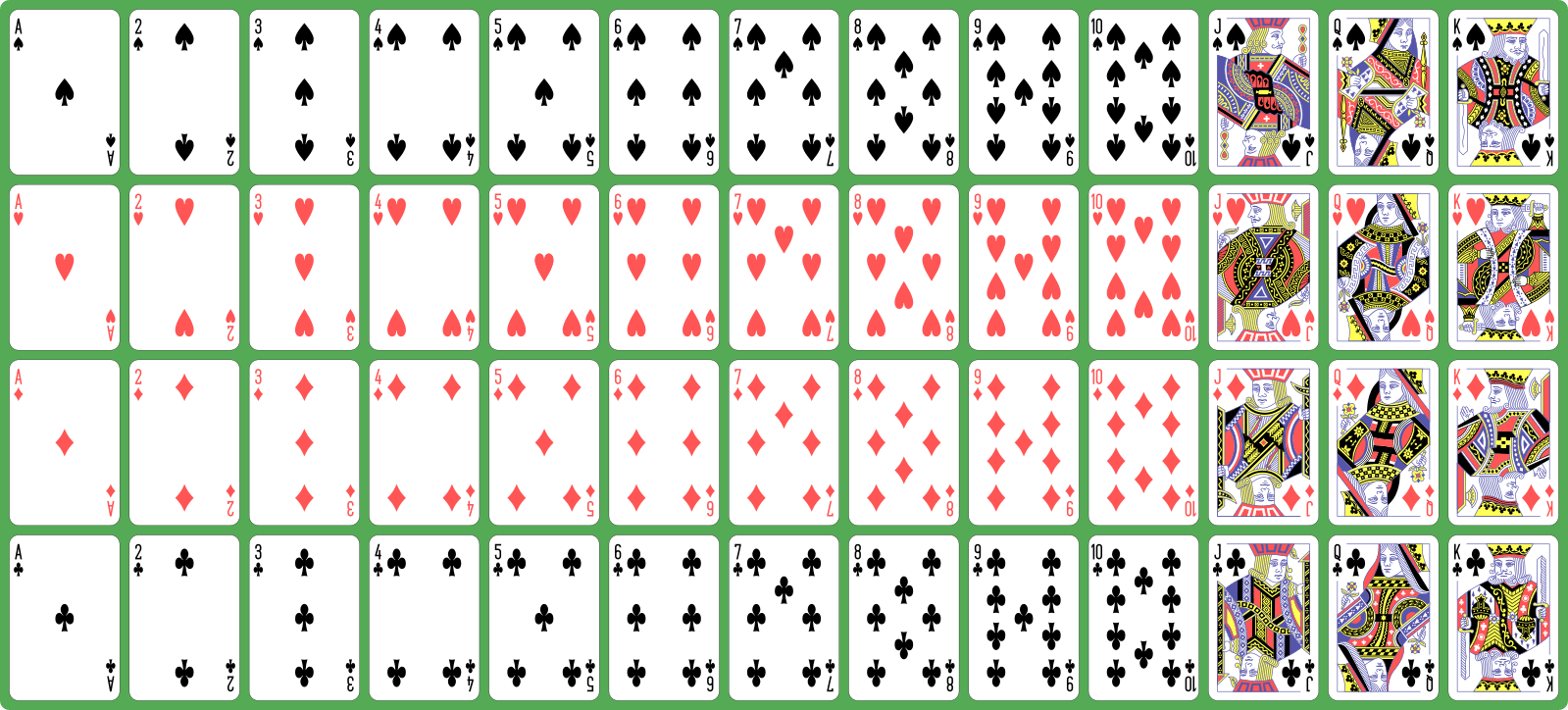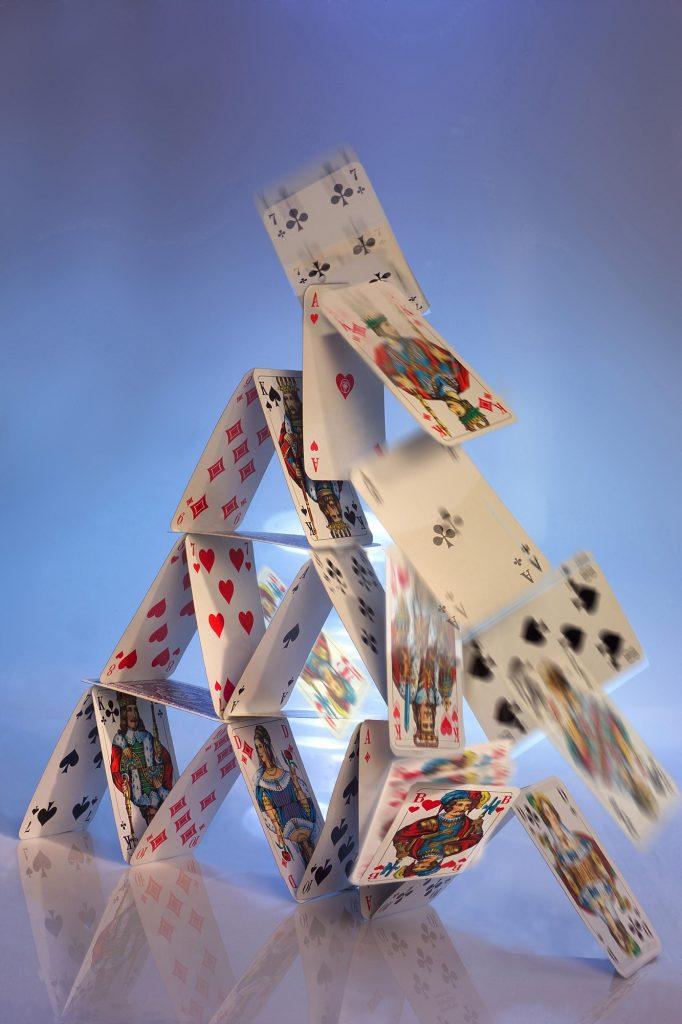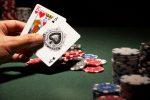Fun with a simple deck of playing cards
In the current era, we live amongst a luxury of entertainment options. With technological advances over the past decade, we are surrounded by even more digital activity which has taken the appearance of streaming services, online gaming with peer-to-peer (P2P) networking allowing you to connect with the world, and faster and sharper mobile devices which allow you to access and goggle at apps such as TikTok and Instagram. But amongst the PS4 controllers, charger cables, and iPads, there is probably a scruffy deck of worn playing cards tucked away in the drawer.

A simple deck of 52 cards made up of four different suits, clubs, diamonds, hearts, and spades brought joy to many people for centuries and will remain an option for people to turn to. There are various arguments for who invented the deck of cards but regardless of whether it came from China, Egypt, Germany or the Netherlands, a deck of cards is still a household item and can still provide hours of fun.
Let’s Get Creative With Playing Cards
Playing cards are not only for gaming; they serve as a versatile tool for a range of creative activities. From magic tricks to artistic projects, the humble deck of cards can unlock a world of potential for fun and creativity.
Magic Tricks: Even beginners can delve into the world of magic with a simple deck of playing cards. Start with basic tricks, such as the ‘Pick a Card’ trick, where you amaze your audience by guessing the card they chose. As you practice, you can advance to more complex illusions like ‘The Vanishing Card’ trick, where the selected card mysteriously disappears from the deck and reappears in an unexpected place. These tricks not only entertain but also sharpen your manual dexterity and presentation skills. Read our article on Card Magic for resources and information.
Cardistry and Card Throwing: Millions of people worldwide have mad skills with cardistry, the art of making playing cards move in ways that look like magic. And then there’s card throwing for distance, for accuracy, for fun – using paper, plastic or specialist cards.
Card Structures: Building card houses or towers is another engaging way to use playing cards. The key to constructing a sturdy card house lies in creating a solid foundation with a triangular base. This involves placing two cards against each other in an upside-down “V” shape, then gently placing a flat card on top to form a stable triangle. As you gain confidence, you can build multiple layers and complex structures. This activity is not only fun but also a good exercise in patience and precision.
Artistic Endeavors: Cards can also be used in various craft projects. Whether you’re making personalized greeting cards, framing a collage of vintage playing cards for unique wall art, or decorating a themed party with card motifs, the colorful designs of playing cards can enhance any artistic creation. Additionally, engaging in these crafts can be a therapeutic exercise and a way to express one’s artistic side.
Playing Cards can Break the Ice
Playing cards are a fantastic addition to any social gathering, offering both entertainment and a means to break the ice among guests.
Party Games: Easy-to-learn card games can enliven any party. Games like ‘Spoons’ or ‘Go Fish’ or even ‘Whist’ are perfect for groups and don’t require much setup. For larger groups, ‘President’ or ‘Asshole’ provides a dynamic and competitive atmosphere that can keep participants engaged and laughing for hours. These games not only keep the energy high but also cater to players of all ages.
Ice-Breakers: In situations where guests might not know each other well, card games can be great ice-breakers. Simple games like ‘Two Truths and a Lie’ can be played with a deck of cards where each card prompts a fact or a story from the player. This not only sparks conversation but also helps people learn about each other in an enjoyable and interactive way.
Pagat.com is a great resource for card game rules.
Educational Uses of Playing Cards
Beyond leisure, playing cards have substantial educational value, particularly in mathematics and cognitive development. When my children were young, we used cards for all sorts of skills starting with fine motor control (shuffling) and memory. Games like War helped them learn the relative value of numbers, and all games teach kids about winning and losing – a vital lesson for life!
Shuffling and dealing teaches fine motor skills: While it can be painstaking to watch a youngster shuffle and deal cards, it’s a great way for them to practice their fine motor skills. Give your youngest an old deck of cards, let them spread them out, tell stories with them, have fun with them.
Learning Tool: Parents adn teachers can use playing cards to teach mathematical concepts such as probability, statistics, and basic arithmetic. For instance, asking students to calculate the probabilities of drawing certain combinations can make abstract concepts more concrete and understandable. Games involving scoring can also help younger students practice addition and multiplication in a fun setting.
Memory Games: Playing cards are excellent for enhancing cognitive abilities through memory games. ‘Concentration’, also known as ‘Memory’, requires players to match pairs of cards, with the cards laid face down to begin with. As players try to remember the location of specific cards, they are actively enhancing their short-term memory and concentration skills. This type of game can be scaled in difficulty by using more cards or introducing specific rules, such as matching suits instead of ranks.
Versatility in the Casion
Throughout the history of playing cards, people have found various creative uses for a deck, ranging from performing magic tricks and building towers to playing games at university pre-parties. However, traditional card games remain popular and are commonly played today, whether at home, with friends, or during a long train journey. Card games are especially prevalent in casinos, where lavish tables host classic games like poker, blackjack, and baccarat. These games continue to be a source of entertainment for millions of people around the world.
The sound of slot machines clinking and clanging, punctuated by the occasional yelp for joy at a win creates a unique atmosphere that is almost irreplaceable. We say almost because nowadays, there are alternative ways to play these games. The digital evolution has transformed decks of cards and physical casinos into virtual platforms where playing blackjack online for example is much more convenient and quicker to access. These online versions provide alternatives for people out of reach of a brick-and-mortar casino, but nevertheless, going to casinos and seeing cards dealt onto a table in front of you is a pastime that is not ready to move over.
If you’re seeking less competitive activities to enjoy with friends or alone, games like Solitaire, Cheat, and Go Fish are excellent choices that only require a deck of 52 cards. The charm and utility of a simple deck of playing cards remain unparalleled despite the wealth of entertainment options available today. The diverse applications and enjoyment offered by playing cards continue to hold a special place in our leisure activities.





